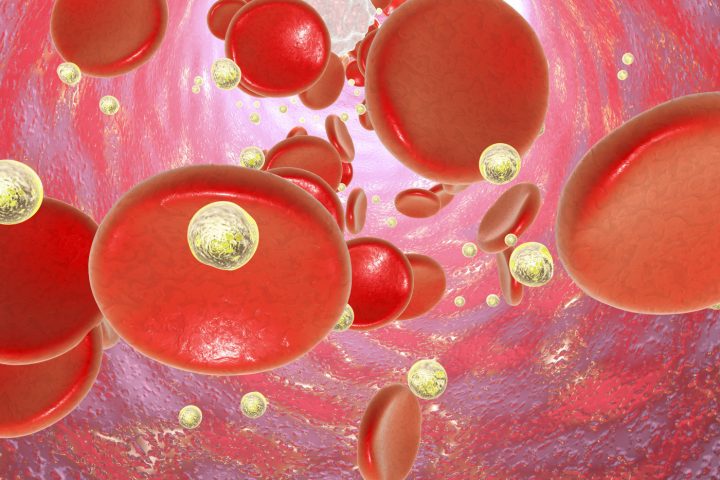Gene Therapy AMT-061 Provides Greater Factor IX Activity to Possibly Prevent Joint Disease, Study Reports

The gene therapies AMT-060 and AMT-061 both restored coagulation factor IX levels in a primate model of hemophilia B, but AMT-061 resulted in greater coagulation activity at the same dose, a new study reports.
The study, “Enhanced Factor IX Activity Following Administration of AAV5-R338L “Padua” Factor IX versus AAV5 wildtype Human Factor IX in Non-human Primates,” was published in the journal Molecular Therapy – Methods & Clinical Development.
Hemophilia B is caused by mutations in the gene FIX, which codes for the protein coagulation factor IX (often called factor IX). The idea behind gene therapy for this condition is to reintroduce a non-mutated version of FIX to cells, typically using a virus as a transport vehicle, since viruses are very good at getting genetic information into cells.
AMT-060 is such a gene therapy, and it has shown promising results in early clinical trials.
AMT-061 is virtually identical to AMT-060, but with one key difference: AMT-060 encodes the most common version of the FIX gene, termed the ‘wild-type’ version. AMT-061 encodes a variant of the FIX gene called the Padua variant. Both therapies are being developed by uniQure, which funded this preclinical work.
Factor IX encoded by the Padua variant has a more specific activity than the wild-type version, so there is a theoretical basis for it being more effective as a replacement in hemophilia B gene therapy.
“Although the occurrence of bleeding episodes [in the Phase 1/2 study (NCT02396342)] was reduced following AMT-060 treatment relative to pre-treatment history on high- dose prophylactic factor IX replacement therapy, it is not expected to completely prevent arthropathy [joint disease],” the researchers wrote. “[T]herefore we have improved the design of AMT-060 by introducing a single amino acid change in the encoded protein to encode the hyperactive FIX-Padua for increased FIX activity.”
Researchers directly compared AMT-060 and AMT-061 in a non-human male primate (i.e. macaque) model of hemophilia B.
They gave macaques injections of AMT-060 (at a dose equivalent to that used in human trials) or AMT-061 at varying doses. In the AMT-061-treated animals, factor IX levels were higher at higher doses, as expected.
At the same dose, both AMT-060 and AMT-061 resulted in essentially equal levels of factor IX. But factor IX activity was 6.5 times higher after AMT-061 treatment than AMT-060 treatment at that dose, showing a potential to address joint disease.
“A gene therapy approach that results in higher FIX activity would ideally result in discontinuation of prophylaxis, reduction in annualized bleed rate, but also prevention of blood-induced arthropathy that is the main cause of morbidity in hemophilia,” the researchers wrote.
Both therapies had comparable safety profiles, including similar amounts of viral contents in the monkeys’ livers.
The researchers also used computer simulations to model how the two variants of the factor IX protein would be presented to the immune system — if there were differences, there would be a higher likelihood that one or the other could induce a dangerous immune reaction. No such differences were seen.
“These promising results of AMT-061 in NHPs [non-human primates] combined with the Phase I/II study clinical results of AMT-060 support a rapid transition of AMT-061 into clinical studies,” the researchers concluded.
A Phase 3 open-label trial of AMT-061 (NCT03569891) in adults with hemophilia B is underway in Europe and the U.S.





